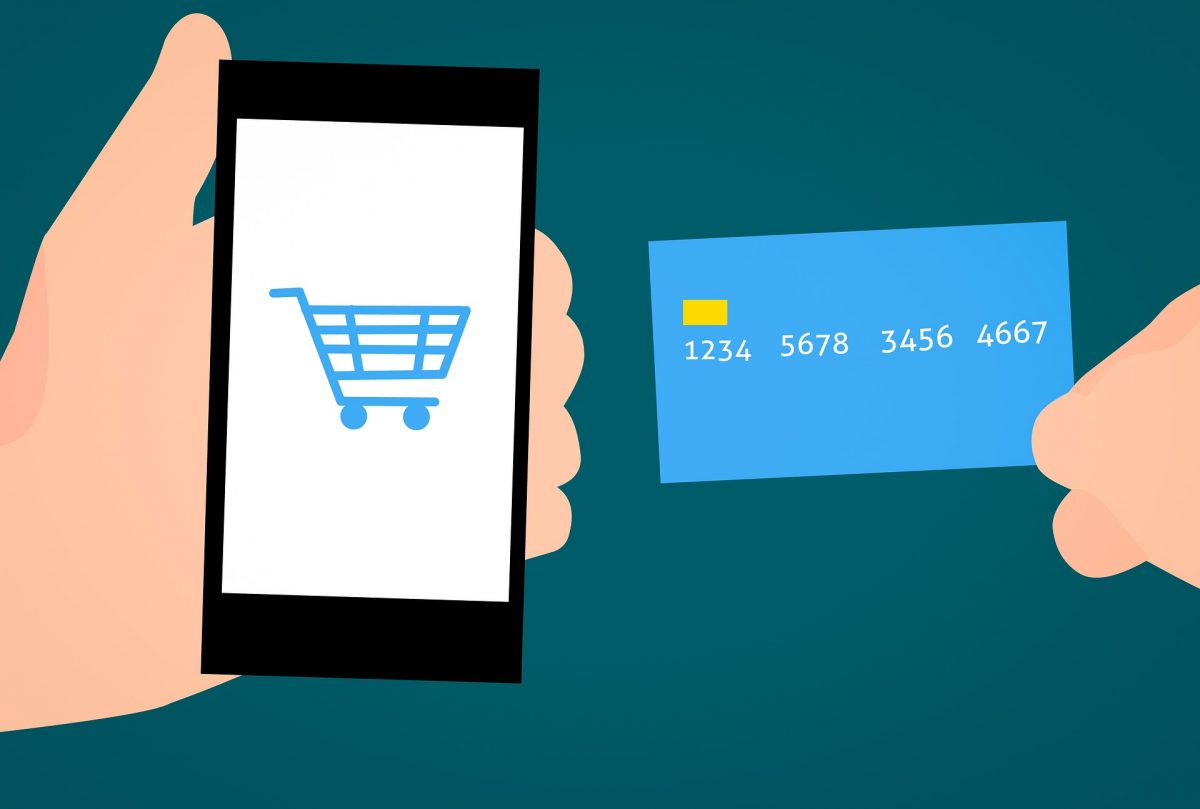As business owners step away from in-store purchases and focus primarily on online options during the pandemic, it’s important to review the implications of remote payment fraud. Especially for businesses that don’t primarily function as an eCommerce enterprise, remote payment options can appear intimidating. As online alternatives continue to keep businesses afloat, protecting your operations from fraud is a must. Here’s how you can get started.
1. Arm Your Payment Page With the Address Verification System (AVS)
A hosted payment page removes the security provided by a physical credit card, ID, and being able to interface with a customer in person. Thus, some remote credit card terminals will charge higher rates on transactions that require additional information regarding a customer’s billing address, zip code, and contact information.
These additional requests manifest as AVS prompts and can result in fraud if they are dismissed. Responding to AVS prompts can take time away from your hands but can help reduce the risks of fraud and keep your rates low.
2. Sell Only to Known Customers
New prospects are what make a business flourish but if you aren’t well-versed in accepting remote payments, can also lead to potential fraud. This is particularly true when it comes to accepting subscriptions, as customers sometimes receive products before their credit card is charged.
Incorporating an anti-fraud system takes time, so prioritizing known and trustworthy customers, meanwhile, can protect your business from losing money. Nowadays, lifelong customers tend to patronize their favorite businesses on a regular basis, which you can easily take advantage of while you consider your options.
3. Trust Your Gut
While it may seem counterintuitive, trusting your instincts when it comes to evaluating a sale that seems too good to be true can keep fraudulent transactions at bay. Perhaps you’ve come across a customer whose billing and shipping addresses don’t match or whose credit card information simply won’t go through. If so, you may be better off foregoing the sale or even choosing to temporarily suspend international or out-of-state orders.
4. Create an Electronic Defense System for Sensitive Data
Not only does a robust security system protect your customers’ data—but it also protects your business. By adhering to PCI security standards and assessing any third-party provider’s cybersecurity risk, you can build an impenetrable payment system that allows clients to trust you and you to trust your clients. When outsourcing a payment processor, review their disaster recovery strategy and consider whether their protocols align with yours.
Conclusion
No business owner wants to lose a sale but while some of these practices may seem unnecessary or over-the-top, they’re also useful in preventing scams and chargebacks. Over time, you may choose to relax some of these measures but should prioritize AVS for over-the-phone transactions.
With Payments Page, you can incorporate branded elements into your payment portals such as unique payment buttons and a stunning design that reflects your business. Better yet, you can ensure that your transactions are fully protected and that your payment gateway displays comprehensive business information to clients. Ready to accept payments? Sign up today with a 30% discount!




